-

Geminus's skeleton
-
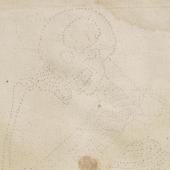
Geminus's skeleton copied
-

Lorkyn’s reading notes in the Fabrica (1)
-
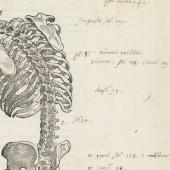
Lorkyn’s reading notes in the Fabrica (2)
-
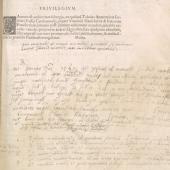
Lorkyn's dissection notes
-
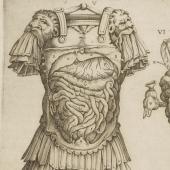
Valverde's armours
-
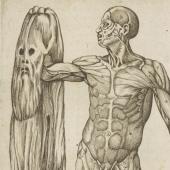
Valverde's St Bartholomew
-
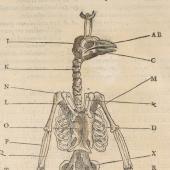
Belon's human and bird skeletons
-
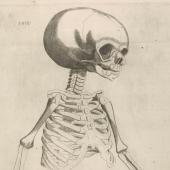
Coiter's skeleton of a child
-
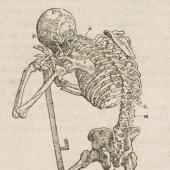
Paré's skeleton
-
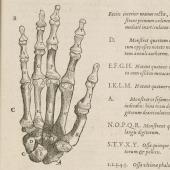
Paré’s hand
-
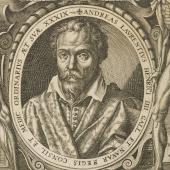
Du Laurens’s Anatomical historia
-
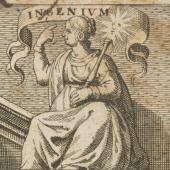
Spiegel’s Ten books on the Fabric of the human body
Anatomical knowledge after the Fabrica
Vivitur ingenio
While the details of Vesalius’s (textual) descriptions were almost immediately challenged after the publication of the book and were subject to revision and correction, he did define the terms by which anatomical knowledge had to be established, namely by first-hand dissection. The images in the Fabrica had an extraordinary afterlife, copied and re-copied, sometimes faithfully, line by line, and at other times more loosely ‘in spirit’. It would be impossible and too lengthy to trace how later medical authors engaged with the Fabrica. Here are a few examples, mainly from the sixteenth century, that illustrate one way or another the Vesalian ‘spirit’.